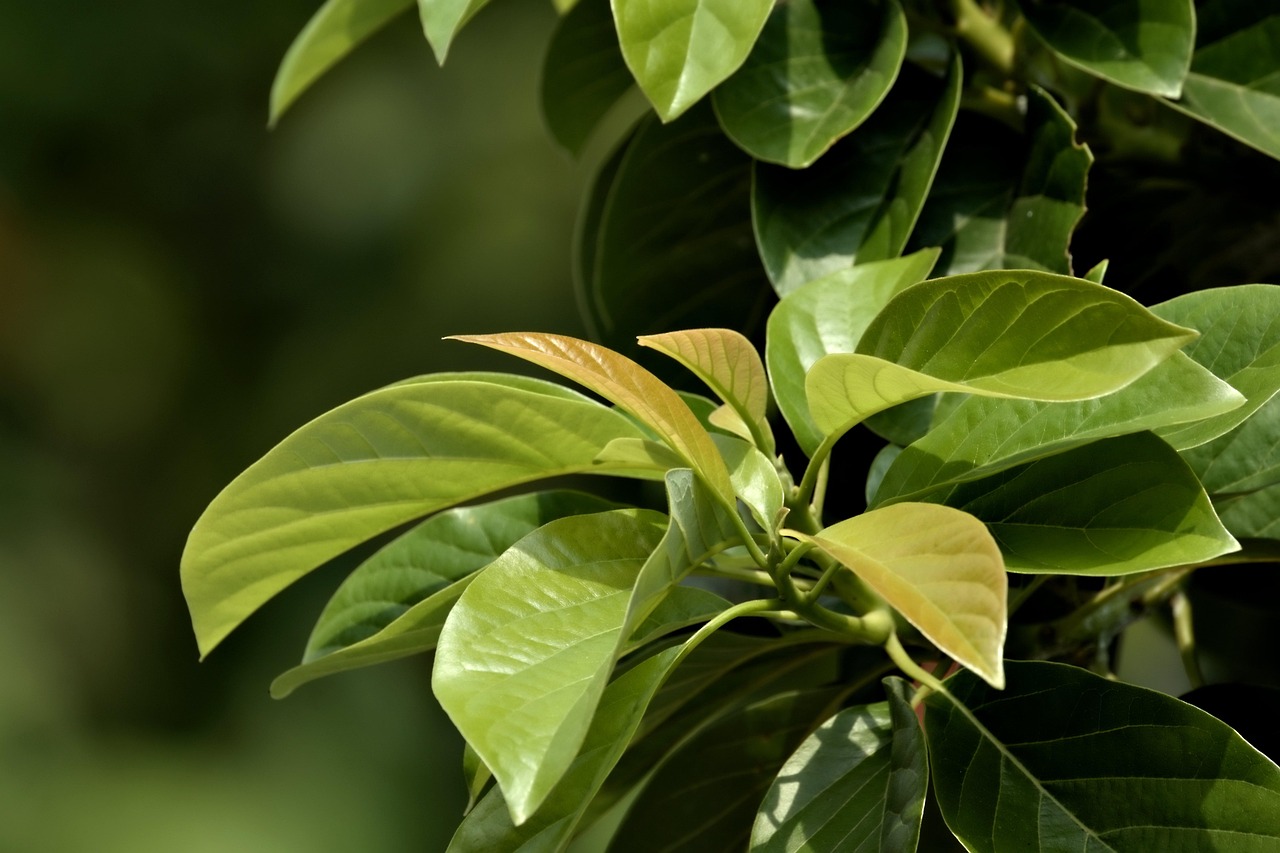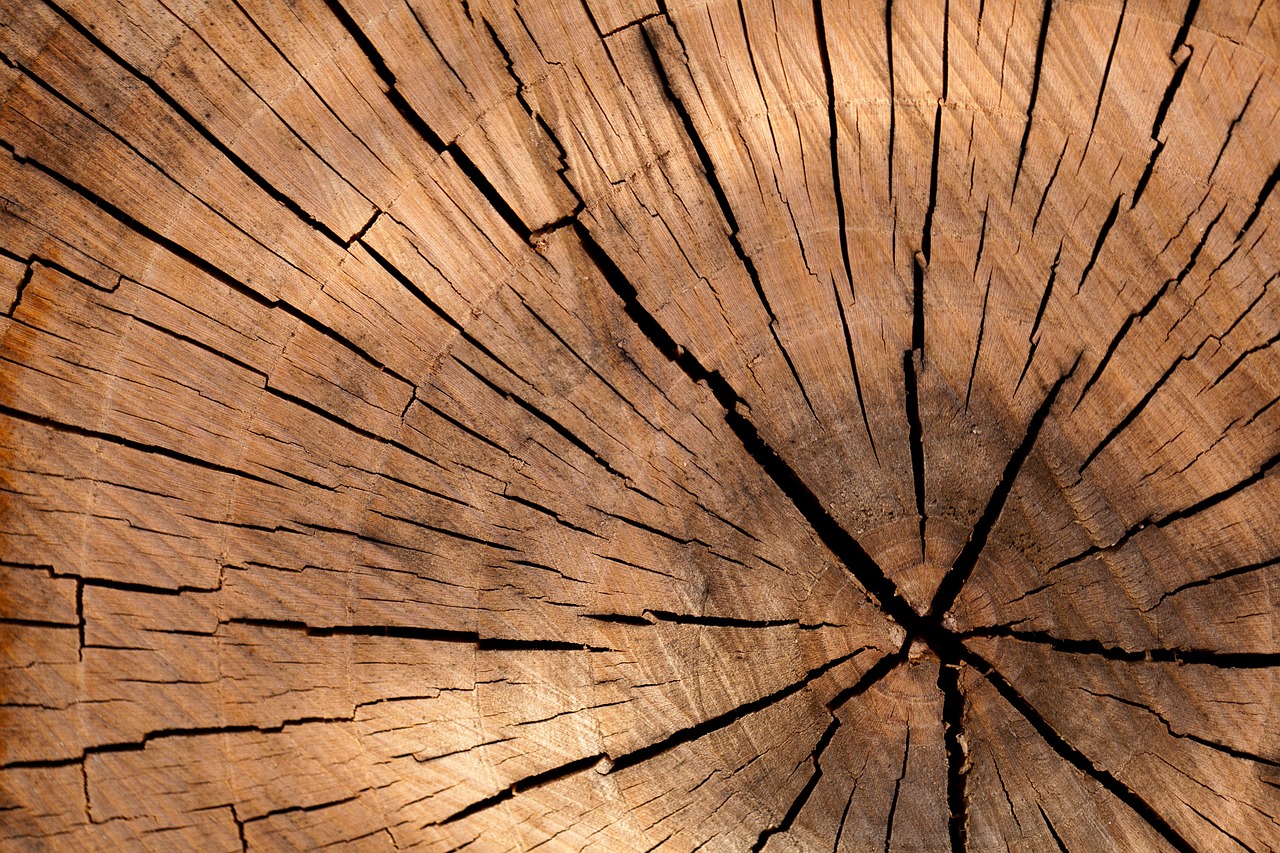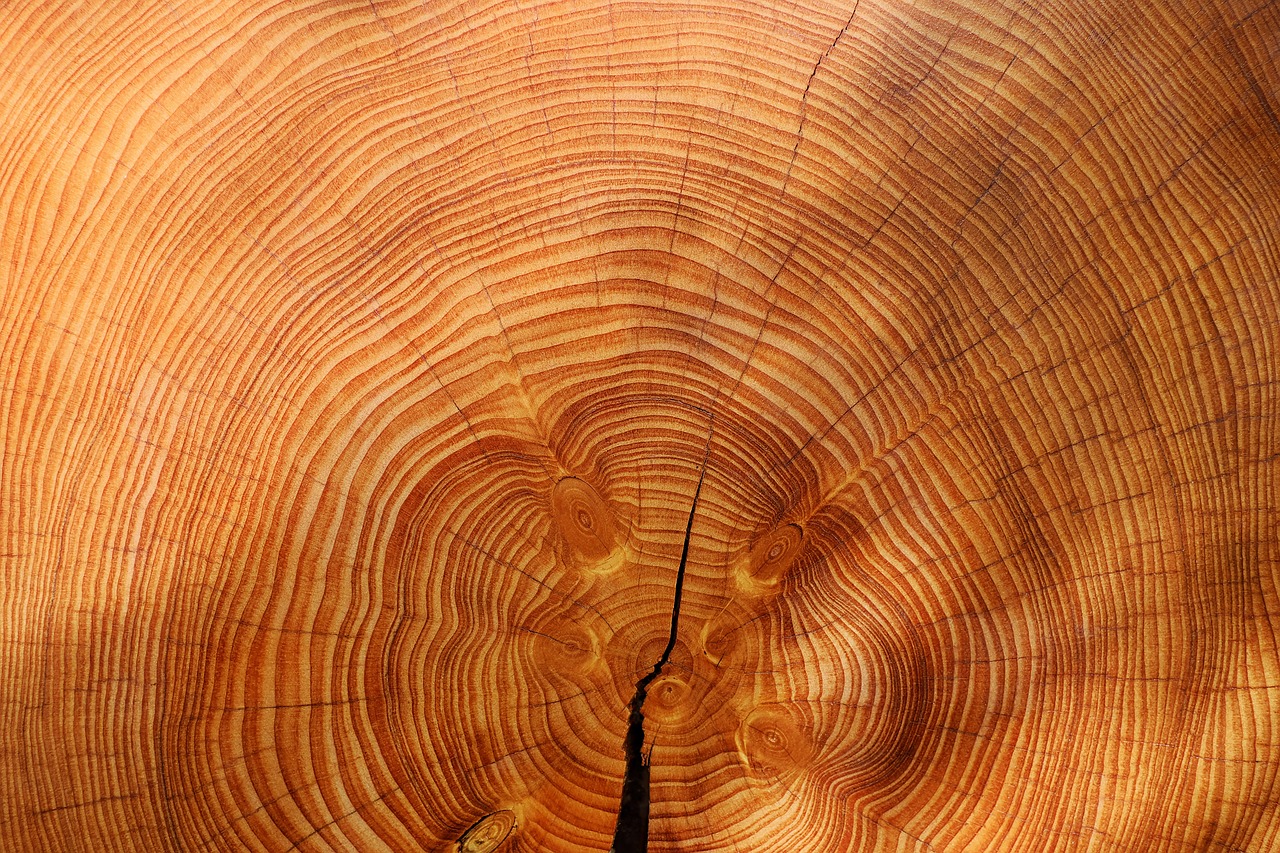Tree function growth rate is a critical factor in landscape design planning. It influences the selection of tree species, their placement, and the overall aesthetic and ecological benefits of the landscape. Understanding these rates helps ensure that trees thrive in their environments while meeting design objectives.
Understanding Tree Growth Rates
Tree growth rates can vary significantly depending on several factors, including species, soil conditions, climate, and care provided. When planning a landscape, it is essential to understand how quickly trees grow. This knowledge allows landscape designers to make informed choices that align with their vision and the specific needs of the environment.

The growth rate of a tree is typically categorized into three main types: slow, moderate, and fast. Each category offers different advantages and challenges in landscape design. Fast-growing trees can provide immediate shade and visual appeal, while slow-growing species may require more time but often have greater longevity and stability.
Key Factors Influencing Growth Rate
Several key factors affect the growth rate of trees:
- Species: Different species have inherent growth rates. For example, red maples are known for their rapid growth, while oaks are generally slower.
- Soil Quality: Nutrient-rich soil promotes faster growth. Soil pH, texture, and drainage also play significant roles.
- Water Availability: Adequate water supply is crucial for optimal growth. Insufficient water can stunt growth significantly.
- Climate Conditions: Temperature, sunlight, and seasonal changes directly impact growth rates. Trees in warmer climates may grow faster than those in colder regions.
- Maintenance: Regular care, including pruning and fertilization, can enhance growth rates.
Growth Rate Categories
To better understand tree growth rates, they are often classified into the following categories:

| Growth Rate | Description | Examples |
|---|---|---|
| Slow | Growth of less than 12 inches per year. | Japanese Maple, Eastern Redbud |
| Moderate | Growth between 12 to 24 inches per year. | White Oak, Blue Spruce |
| Fast | Growth of more than 24 inches per year. | Lombardy Poplar, Silver Maple |
Understanding these growth rates is essential for selecting the right trees for specific projects. For instance, a fast-growing tree might be ideal for a quick shade solution in a new park. Conversely, a slow-growing tree could be chosen for its long-term durability in an urban setting.
Implications for Landscape Design
The growth rate of trees affects various aspects of landscape design. Designers must consider not only the immediate aesthetic appeal but also the long-term maintenance and ecological impact. Fast-growing trees may require more frequent pruning and management to prevent overcrowding or damage to nearby structures.
Moreover, understanding growth rates aids in planning for wildlife habitats. Certain species attract birds or beneficial insects at different stages of their growth. This knowledge allows designers to create more biodiverse and sustainable landscapes.

In summary, being informed about tree function growth rates is crucial for effective landscape design planning. It helps designers select appropriate species, plan for future maintenance needs, and create aesthetically pleasing environments that support local ecosystems.
Assessing Growth Rates in Landscape Design
Assessing tree growth rates is essential for successful landscape design. Understanding how to evaluate these rates helps designers make informed decisions regarding species selection, placement, and long-term maintenance. Various methods exist to measure and predict growth rates, providing valuable insights for effective planning.
Methods for Assessing Growth Rates
There are several methods landscape designers use to assess tree growth rates. Each method varies in complexity and accuracy. Here are some common approaches:

- Field Measurements: Directly measuring tree height and trunk diameter over time provides a clear picture of growth rates. This method requires consistent monitoring and accurate recording.
- Growth Models: Utilizing models based on environmental data can help predict growth rates. These models consider factors such as climate, soil type, and tree species.
- Historical Data: Consulting historical growth records for specific species in similar environments can offer insights into expected growth patterns.
- Professional Consultation: Engaging arborists or landscape professionals can provide expert analyses of growth rates based on their experience and knowledge.
The Role of Climate and Environment
The local climate and environmental conditions significantly influence tree growth rates. Understanding these factors is vital for landscape designers when planning new projects. Key elements include:
- Temperature: Trees generally grow faster in warmer temperatures, but extreme heat can stress them.
- Precipitation: Adequate rainfall supports healthy growth, while drought conditions can severely limit it.
- Soil Quality: Nutrient-rich soils promote faster growth, while compacted or poor-quality soils hinder it.
- Sunlight Exposure: Trees that receive sufficient sunlight typically exhibit better growth than those in shady conditions.
Tree Selection Based on Growth Rates
Selecting the right tree species based on growth rates is crucial for achieving the desired landscape outcomes. Here are some considerations for making informed choices:
Fast-Growing Trees
Fast-growing trees are often favored for immediate impact in landscape designs. They can provide shade, reduce heat, and enhance visual aesthetics quickly. However, they may require more maintenance over time due to their rapid growth. Common fast-growing trees include:
- Lombardy Poplar: Known for its tall, narrow form, it grows quickly and offers excellent privacy screens.
- Silver Maple: This tree thrives in various conditions and grows rapidly, making it a popular choice for urban landscapes.
- Red Maple: A versatile species that adapts well to different soils and climates, providing vibrant fall color.
Moderate and Slow-Growing Trees
While fast-growing trees are appealing, moderate and slow-growing trees offer unique benefits that should not be overlooked. These trees tend to be more stable and resilient over time. Examples include:
- White Oak: A slow-growing tree that offers longevity and supports diverse wildlife.
- Eastern Redbud: A moderate grower known for its beautiful spring blossoms and heart-shaped leaves.
- Ponderosa Pine: This moderate grower is well-suited for larger landscapes and can thrive in various conditions.
The Importance of Diversity
Diversity in tree selection based on growth rates is critical for creating resilient landscapes. By incorporating a mix of fast, moderate, and slow-growing trees, designers can achieve a balanced ecosystem that provides various benefits:
- Biodiversity Support: Different species support various wildlife, enhancing ecological health.
- Aesthetic Variety: A mix of growth rates results in a visually dynamic landscape throughout the seasons.
- Risk Management: Diverse plantings reduce the risk of widespread loss from pests or diseases affecting a single species.
Long-Term Planning Considerations
When planning landscapes with trees, it is vital to consider long-term implications. Trees are living organisms that evolve over time. Understanding how their growth rates will affect surrounding areas can lead to more sustainable designs. Key considerations include:
- Space Requirements: Fast-growing trees may need more space as they mature, potentially impacting nearby plants or structures.
- Shade Patterns: As trees grow, their shade will change, affecting the understory plants and lawn areas.
- Maintenance Needs: Different species will have varying requirements for pruning and care as they mature.
A strategic approach to understanding tree function growth rates ensures that landscape designs remain functional, beautiful, and sustainable over time.
Tree Growth Rate and Environmental Sustainability
Integrating tree growth rates into landscape design is not only about aesthetics and functionality. It also plays a significant role in environmental sustainability. Trees contribute to air quality, biodiversity, and climate regulation. Understanding how growth rates impact these areas can enhance the ecological benefits of landscaping projects.
Carbon Sequestration Potential
Trees are vital for carbon sequestration, absorbing carbon dioxide from the atmosphere and storing carbon in their biomass. The growth rate of trees directly influences their ability to sequester carbon. Fast-growing species can capture more carbon in a shorter period, while slower-growing trees may take longer to reach maturity but often have denser wood.
The following table outlines the carbon sequestration potential of various tree species based on their growth rates:
| Tree Species | Growth Rate | Estimated Carbon Sequestered (lbs/year) |
|---|---|---|
| Lombardy Poplar | Fast | 40-50 |
| White Oak | Moderate | 20-30 |
| Ponderosa Pine | Moderate | 25-35 |
| Eastern Redbud | Slow | 10-15 |
Enhancing Biodiversity
Diverse plantings of trees based on growth rates foster greater biodiversity in landscapes. Varied species provide habitats for different wildlife, insects, and microorganisms. Fast-growing trees often attract pollinators in their early years, while slow-growing species can support long-term animal habitats. Here are ways to enhance biodiversity through thoughtful tree selection:
- Selecting Native Species: Native trees are better adapted to local conditions and support native wildlife.
- Diverse Planting Strategies: Combining fast, moderate, and slow-growing species creates a layered ecosystem that benefits various organisms.
- Planting for Seasons: Choosing trees that bloom or exhibit color changes in different seasons enriches the landscape and attracts seasonal wildlife.
The Role of Maintenance in Tree Growth Rates
Maintenance significantly impacts tree growth rates and overall health. Proper care can enhance a tree’s growth potential and longevity. Landscape designers must consider maintenance practices when planning tree installations.
Essential Maintenance Practices
The following practices are essential for promoting healthy tree growth:
- Watering: Newly planted trees require regular watering until established. Understanding local rainfall patterns helps determine the best watering schedule.
- Fertilization: Providing appropriate nutrients can boost growth rates, especially in nutrient-poor soils.
- Pruning: Regular pruning helps shape trees, remove dead or diseased branches, and improve air circulation within the canopy.
- Pest Management: Monitoring for pests and diseases allows for early intervention, preventing potential damage to tree health.
Cost Implications of Maintenance
It is important to factor maintenance costs into the overall landscape budget. Fast-growing trees may incur higher initial maintenance costs due to their rapid expansion, while slower-growing trees might require less frequent maintenance over time. Here are some considerations regarding cost:
- Initial Installation Costs: Fast-growing trees may be more expensive initially due to their larger size at planting.
- Long-Term Care Costs: Slower-growing species may require less frequent professional care, leading to lower costs over time.
- Pest Control Expenses: Some fast-growing species may be more susceptible to pests, leading to increased pest management costs.
The Impact of Urban Planning on Tree Growth Rates
Urban environments present unique challenges and opportunities for tree growth. Space limitations, soil conditions, and infrastructure can all influence how trees grow in cities. Understanding these factors is essential for effective landscape design planning.
Challenges Faced by Urban Trees
Urban areas often impose constraints on tree growth, including:
- Soil Compaction: Compact soil limits root expansion and nutrient absorption, affecting overall growth rates.
- Limited Space: Trees planted too close to buildings or other structures may not reach their full growth potential.
- Pollution: Air and soil pollution can negatively affect tree health and growth rates.
Strategies for Successful Urban Tree Growth
To enhance tree growth in urban settings, landscape designers can adopt specific strategies:
- Utilizing Urban Canopy Models: These models help assess available space and optimal species selection for different urban environments.
- Soil Amendments: Improving soil quality with organic matter can enhance nutrient availability and support tree growth.
- Cultivating Resilient Species: Selecting species that thrive in urban conditions can lead to successful long-term outcomes.
Ultimately, understanding tree growth rates and integrating this knowledge into landscape design promotes healthier urban ecosystems while enhancing environmental sustainability.
Future Trends in Tree Growth and Landscape Design
As landscape design continues to evolve, the understanding of tree growth rates and their implications will also adapt. Emerging trends in urban planning, environmental sustainability, and technological advancements are shaping how designers approach tree selection and management.
Innovations in Tree Management
Technology plays an increasingly vital role in tree management and growth monitoring. Here are some innovations that are making an impact:
- Remote Sensing: Technologies like drones and satellite imagery allow for comprehensive monitoring of tree health and growth patterns across large areas.
- Smart Irrigation Systems: Automated watering systems can be adjusted based on real-time data about soil moisture and weather conditions, ensuring optimal water use.
- Mobile Applications: Various apps help landscapers track growth rates, schedule maintenance, and manage pest control effectively.
Integrating Climate Resilience
Climate change is a pressing issue that influences tree growth and landscape design. Designers must consider resilience strategies to adapt to changing environmental conditions:
- Drought-Resistant Species: Selecting trees that can withstand periods of low water availability is essential for sustainable landscapes in drought-prone areas.
- Heat Tolerance: As temperatures rise, incorporating heat-tolerant species can help maintain healthy urban forests.
- Stormwater Management: Designing landscapes that capture and utilize stormwater supports tree growth while mitigating flooding risks.
Community Engagement and Education
Engaging communities in tree planting and maintenance initiatives can enhance the success of landscape designs. Educating the public about the benefits of trees and involving them in planting efforts fosters a sense of ownership and responsibility:
- Workshops and Events: Hosting community workshops can teach residents about proper tree care and the importance of trees in their environment.
- Volunteering Programs: Encouraging community members to participate in tree planting days promotes environmental stewardship.
- Partnerships with Local Organizations: Collaborating with schools, non-profits, and local governments can amplify outreach efforts and resources for tree care.
Final Thoughts
Understanding tree function growth rates is a cornerstone of effective landscape design planning. It allows designers to select appropriate species, plan for long-term maintenance, and create beautiful, sustainable environments that benefit both people and ecosystems. As we look to the future, integrating technology, climate resilience strategies, and community engagement will enhance the role of trees in our landscapes.
The careful selection of trees based on their growth rates not only supports aesthetic goals but also contributes to ecological stability. By considering environmental factors, maintenance needs, and community involvement, landscape designers can create thriving green spaces that endure for generations to come. Ultimately, the interplay between tree growth rates and landscape design will continue to shape our urban and rural environments in meaningful ways.
